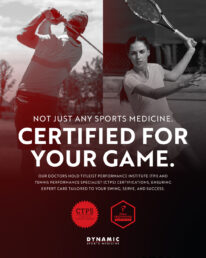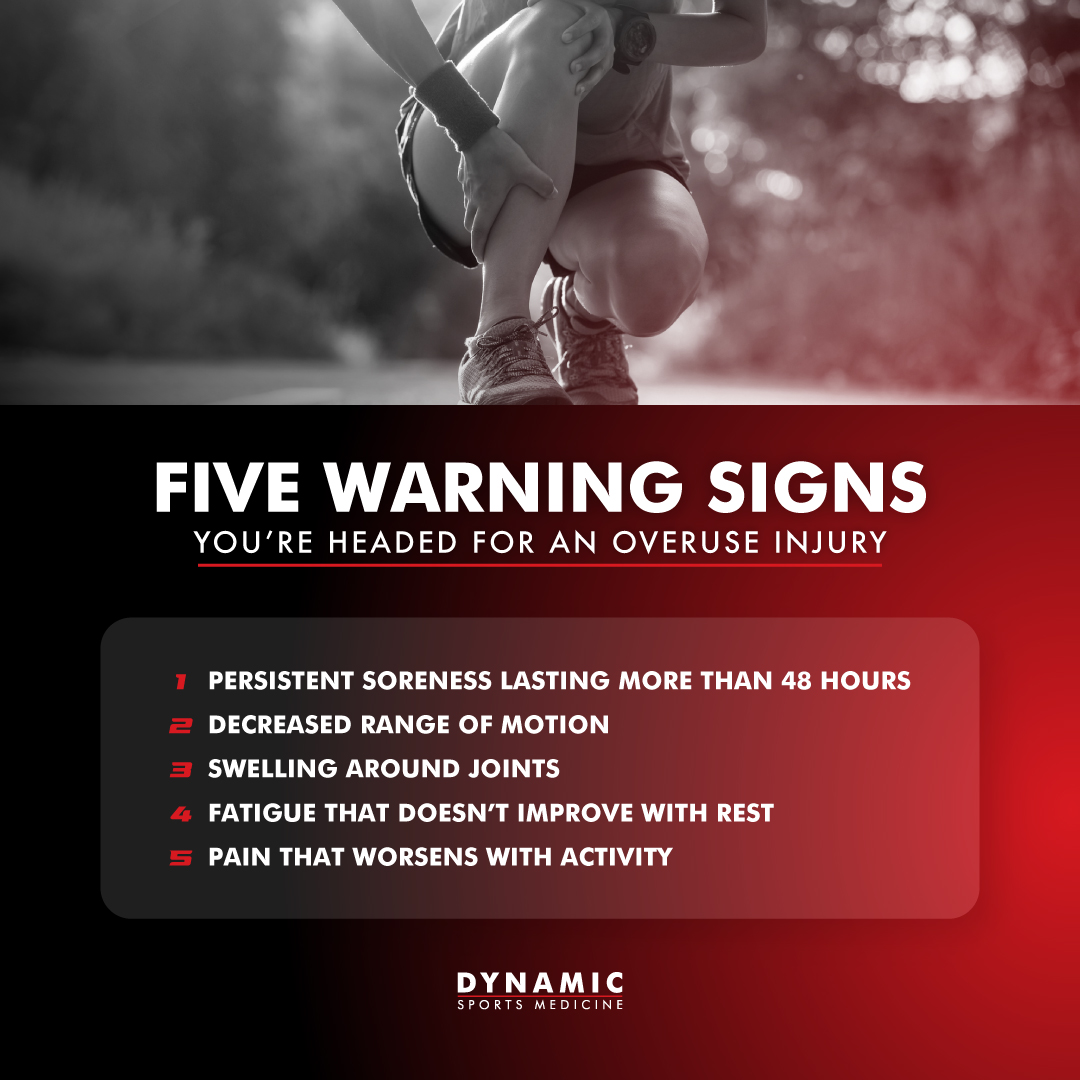Staying active and participating in sports is an excellent way to maintain a healthy lifestyle. However, engaging in physical activities also carries the risk of sustaining injuries. Whether you’re a professional athlete, someone who plays sports on the weekends, or simply enjoys recreational sports, it’s important to know about common sports injuries and how to prevent and treat them. This knowledge is essential for keeping yourself safe and being able to continue participating in sports.
The Importance of Injury Prevention
Preventing sports injuries should be a top priority for anyone involved in athletic activities. Not only do injuries cause physical discomfort and potential long-term consequences, but they can also lead to missed opportunities for training, competition, and overall enjoyment of the sport. By taking proactive steps and using proper techniques, you can greatly decrease the chances of getting injured and improve your overall performance.
Recognizing Common Sports Injuries
To effectively prevent and treat sports injuries, it’s important to know the most common types of
injuries that athletes often experience. These injuries can vary depending on the sport, how intense
it is, and individual factors like age, fitness level, and technique. Some of the most common sports
injuries include:
1. Knee Injuries
Knee injuries are among the most frequent and potentially crippling injuries in sports. They can
vary from small sprains and strains to more serious conditions like tears in the anterior cruciate
ligament (ACL) or injuries to the meniscus. These injuries often occur because of sudden twisting
or pivoting movements, direct impact, or overuse.
CommonKneeInjuries:
- Patellofemoral Pain Syndrome (Runner’s Knee)
- ACL (Anterior Cruciate Ligament) Tears
- Meniscus Tears
- Knee Sprains and Strains
2. Shoulder Injuries
The shoulder is a complicated joint that can get injured in sports that involve overhead movements
or contact. Shoulder injuries can range from mild discomfort to severe instability or tears in the
rotator cuff or labrum.
CommonShoulder Injuries:
- Rotator Cuff Tendinitis or Tears
- Labral Tears (SLAP Lesions)
- Shoulder Impingement
- Shoulder Instability or Dislocation
3. Ankle and Foot Injuries
Ankle and foot injuries are prevalent in sports that involve running, jumping, or quick changes in
direction. These injuries can range from mild sprains and strains to more severe fractures or
tendon ruptures.
CommonAnkle and Foot Injuries:
- Ankle Sprains
- Achilles Tendinitis or Rupture
- Plantar Fasciitis
- Stress Fractures
- Turf Toe
4. Head Injuries
Head injuries, especially concussions, are a major concern in sports and activities where there is a
risk of hitting the head. Concussions can have long-lasting effects on cognitive function, balance,
and overall well-being if not properly managed.
CommonHeadInjuries:
- Concussions
- Traumatic Brain Injuries (TBIs)
- Skull Fractures
5. Muscle Strains and Tears
Muscle strains and tears can happen in any muscle group, but they are especially common in the
hamstrings, quadriceps, and calf muscles. These injuries can range from mild discomfort to
complete muscle ruptures, depending on the severity.
CommonMuscle Strains and Tears:
- Hamstring Strains
- Quadriceps Strains
- Calf Strains
- Groin Strains
6. Lower Back Pain
Lower back pain is a frequent problem for athletes, especially those who participate in sports that
involve doing the same movements over and over, lifting heavy objects, or engaging in high-impact
activities. Pain of this nature can arise from a variety of sources, such as muscle strains, disc
herniation, or spinal misalignment.
CommonLower Back Injuries:
- Muscle Strains
- Disc Herniation or Bulging
- Spinal Stenosis
- Spondylolysis or Spondylolisthesis
7. Overuse Injuries
Overuse injuries occur when a specific body part is subjected to repetitive stress, which can cause
inflammation, pain, and possible structural damage. These injuries are common in sports that
involve repetitive motions, such as tennis, swimming, or distance running.
CommonOveruse Injuries:
- Tendinitis (e.g., Tennis Elbow, Jumper’s Knee)
- Stress Fractures
- Shin Splints
- Bursitis
Injury Prevention Strategies
While it’s not possible to completely get rid of the chance of getting hurt while playing sports, there
are a few things athletes can do to lower the risk of getting injured. These strategies include:
1. Proper Warm-up and Cool-down
Engaging in a thorough warm-up before physical activity can help get your muscles, joints, and
cardiovascular system ready for your sport. Likewise, a proper cool-down after exercise can help
with recovery and lower the chances of muscle soreness and injury.
2. Strength and Flexibility Training
Incorporating strength training exercises into your routine can help make your muscles stronger,
stabilize your joints, and improve your overall body balance. This can reduce the chances of getting
injured. Additionally, regular flexibility training can enhance your range of motion and decrease
the likelihood of muscle strains and tears.
3. Proper Technique and Form
Maintaining proper technique and form during athletic activities is crucial for injury prevention.
Seeking help from experienced coaches or trainers can assist you in learning the right way to move
and prevent injuries caused by incorrect movements.
4. Adequate Rest and Recovery
Allowing your body sufficient rest and recovery time is essential for preventing overuse injuries.
Listening to your body’s signals and taking breaks when needed can help avoid excessive strain
and promote optimal recovery.
5. Appropriate Equipment and Gear
Wearing the right protective gear, like helmets, pads, braces, and shoes, can greatly lower the
chance of getting hurt while playing sports. Regularly inspecting and replacing worn-out gear is
also essential for maintaining optimal protection.
6. Hydration and Nutrition
Proper hydration and nutrition play a vital role in maintaining overall health and supporting the
body’s recovery processes. Staying hydrated and eating a balanced diet with important nutrients
can improve your athletic performance and help you recover from injuries.
Injury Treatment and Rehabilitation
Despite your best efforts to prevent injuries, accidents can still occur. When you get injured, it’s
important to quickly get medical help and follow a thorough treatment and recovery plan. The
specific treatment will depend on the type and seriousness of the injury, but common methods may
include:
1. RICE (Rest, Ice, Compression, Elevation)
The RICE method is a widely recommended initial treatment for many sports injuries. Resting
the injured area, putting ice on it to reduce swelling and inflammation, using compression bandages,
and raising the injured body part can help reduce pain and support healing.
2. Medication
Over-the-counter or prescription medications, like non-steroidal anti-inflammatory drugs (NSAIDs) or
pain relievers may be suggested to control pain and inflammation linked to sports injuries.
Medications that can be bought without a prescription or prescribed by a doctor, such as
non-steroidal anti-inflammatory drugs (NSAIDs) or pain relievers, may be advised to help manage
pain and swelling caused by sports injuries.
3. Physical Therapy
Working with a licensed physical therapist is often a crucial component of the rehabilitation
process. Physical therapists can create personalized exercise plans to help regain strength,
flexibility, and range of motion. They can also offer advice on the correct techniques and strategies to
prevent injuries.
4. Surgical Intervention
In cases of severe injuries, such as complete ligament tears or fractures, surgical intervention
may be necessary. Procedures like ACL reconstruction, meniscus repair, or fracture fixation can
help restore joint stability and function.
5. Alternative Therapies
Complementary and alternative therapies, like chiropractic care, acupuncture, massage therapy, or
cryotherapy may be suggested alongside traditional treatment methods to help manage pain,
decrease inflammation, and support healing.
6. Gradual Return to Activity
After getting hurt, it’s important to slowly and systematically resume physical activity with the help of
healthcare professionals. Returning to sports or other physical activities too quickly before fully
recovering can raise the chances of getting hurt again or experiencing more problems.
Conclusion
Engaging in sports and physical activities is important for a healthy lifestyle, but it can also lead to
injuries. To reduce the risk of getting hurt, athletes and active people should learn about common
sports injuries, use prevention methods, and get the right treatment and rehabilitation when needed.
This way, they can keep playing their favorite sports for a long time. Remember, prioritizing injury
prevention and prompt treatment is crucial for safeguarding your well-being and prolonging your
athletic endeavors.





